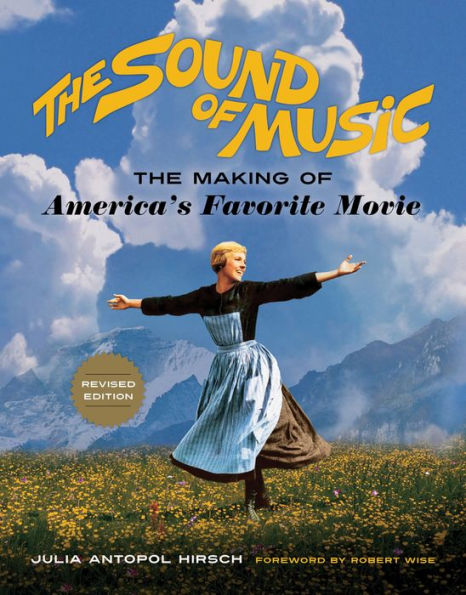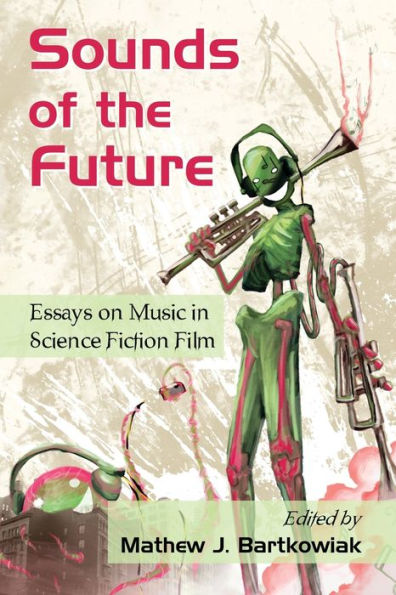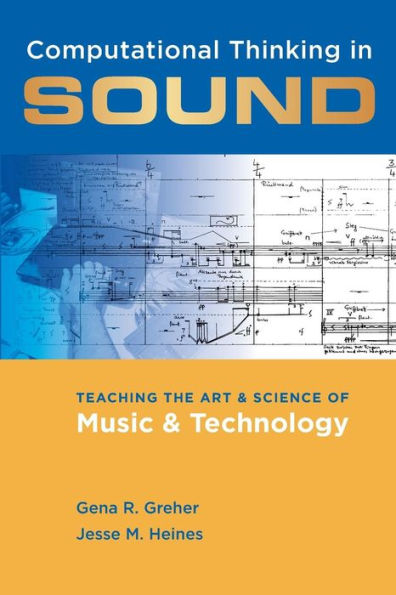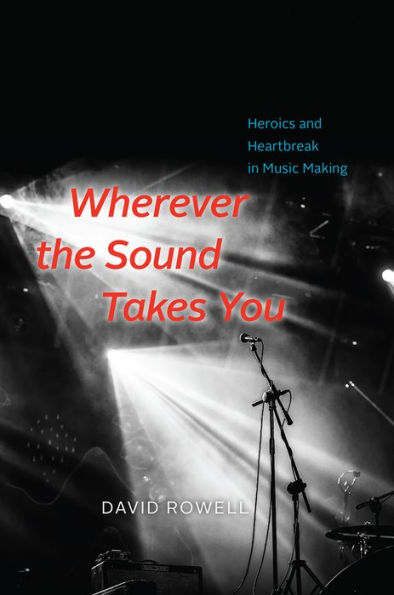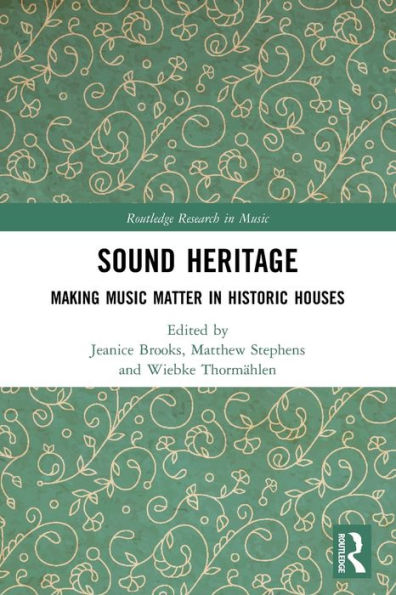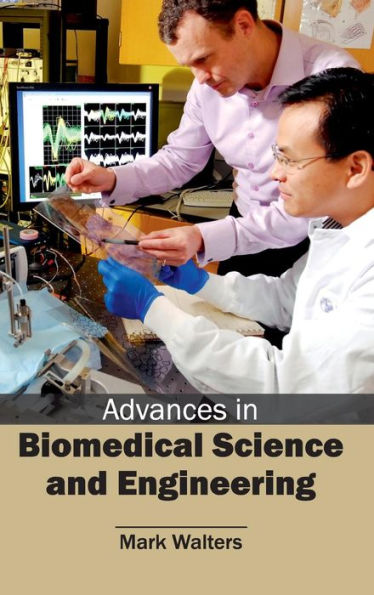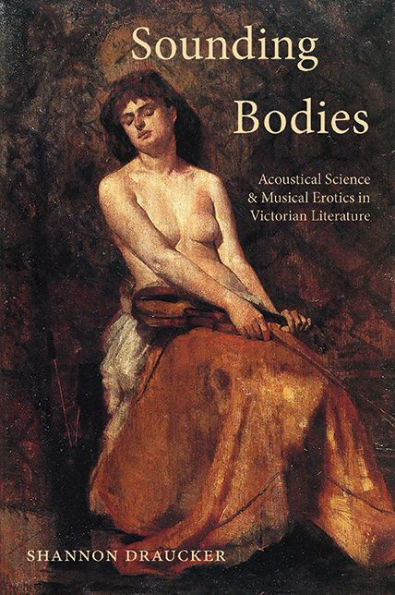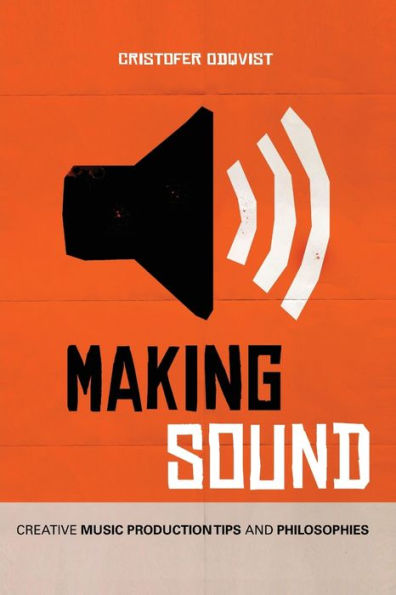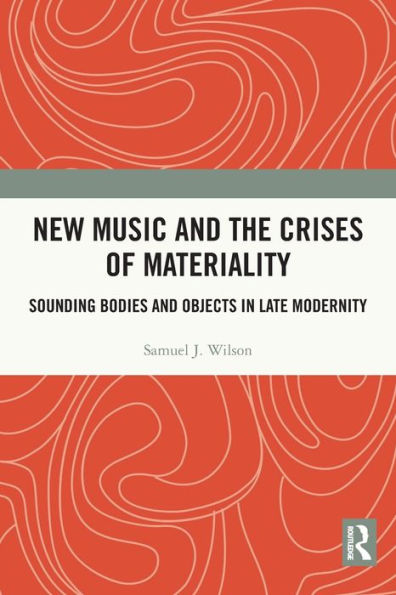Home
Sounding Bodies: Music and the Making of Biomedical Science
Barnes and Noble
Loading Inventory...
Sounding Bodies: Music and the Making of Biomedical Science in Bloomington, MN
Current price: $55.00


Sounding Bodies: Music and the Making of Biomedical Science in Bloomington, MN
Current price: $55.00
Loading Inventory...
Size: Paperback
The unfolding influence of music and sound on the fundamental structure of the biomedical sciences, from ancient times to the present.
Beginning in ancient Greece, Peter Pesic writes, music and sound significantly affected the development of the biomedical sciences. Physicians used rhythmical ratios to interpret the pulse, which inspired later efforts to record the pulse in musical notation. After 1700, biology and medicine took a “sonic turn,” viewing the body as a musical instrument, the rhythms and vibrations of which could guide therapeutic insight. In
Sounding Bodies
, Pesic traces the unfolding influence of music and sound on the fundamental structure of the biomedical sciences.
Pesic explains that music and sound provided the life sciences important tools for hearing, understanding, and influencing the rhythms of life. As medicine sought to go beyond the visible manifestations of illness, sound offered ways to access the hidden interiority of body and mind. Sonic interventions addressed the search for a new typology of mental illness, and practitioners used musical instruments to induce hypnotic states meant to cure both psychic and physical ailments. The study of bat echolocation led to the manifold clinical applications of ultrasound; such sonic devices as telephones and tuning forks were used to explore the functioning of the nerves.
follows Pesic’s
Music and the Making of Modern Science
and
Polyphonic Minds
to complete a trilogy on the influence of music on the sciences. Enhanced digital editions of
offer playable music and sound examples.
Beginning in ancient Greece, Peter Pesic writes, music and sound significantly affected the development of the biomedical sciences. Physicians used rhythmical ratios to interpret the pulse, which inspired later efforts to record the pulse in musical notation. After 1700, biology and medicine took a “sonic turn,” viewing the body as a musical instrument, the rhythms and vibrations of which could guide therapeutic insight. In
Sounding Bodies
, Pesic traces the unfolding influence of music and sound on the fundamental structure of the biomedical sciences.
Pesic explains that music and sound provided the life sciences important tools for hearing, understanding, and influencing the rhythms of life. As medicine sought to go beyond the visible manifestations of illness, sound offered ways to access the hidden interiority of body and mind. Sonic interventions addressed the search for a new typology of mental illness, and practitioners used musical instruments to induce hypnotic states meant to cure both psychic and physical ailments. The study of bat echolocation led to the manifold clinical applications of ultrasound; such sonic devices as telephones and tuning forks were used to explore the functioning of the nerves.
follows Pesic’s
Music and the Making of Modern Science
and
Polyphonic Minds
to complete a trilogy on the influence of music on the sciences. Enhanced digital editions of
offer playable music and sound examples.
The unfolding influence of music and sound on the fundamental structure of the biomedical sciences, from ancient times to the present.
Beginning in ancient Greece, Peter Pesic writes, music and sound significantly affected the development of the biomedical sciences. Physicians used rhythmical ratios to interpret the pulse, which inspired later efforts to record the pulse in musical notation. After 1700, biology and medicine took a “sonic turn,” viewing the body as a musical instrument, the rhythms and vibrations of which could guide therapeutic insight. In
Sounding Bodies
, Pesic traces the unfolding influence of music and sound on the fundamental structure of the biomedical sciences.
Pesic explains that music and sound provided the life sciences important tools for hearing, understanding, and influencing the rhythms of life. As medicine sought to go beyond the visible manifestations of illness, sound offered ways to access the hidden interiority of body and mind. Sonic interventions addressed the search for a new typology of mental illness, and practitioners used musical instruments to induce hypnotic states meant to cure both psychic and physical ailments. The study of bat echolocation led to the manifold clinical applications of ultrasound; such sonic devices as telephones and tuning forks were used to explore the functioning of the nerves.
follows Pesic’s
Music and the Making of Modern Science
and
Polyphonic Minds
to complete a trilogy on the influence of music on the sciences. Enhanced digital editions of
offer playable music and sound examples.
Beginning in ancient Greece, Peter Pesic writes, music and sound significantly affected the development of the biomedical sciences. Physicians used rhythmical ratios to interpret the pulse, which inspired later efforts to record the pulse in musical notation. After 1700, biology and medicine took a “sonic turn,” viewing the body as a musical instrument, the rhythms and vibrations of which could guide therapeutic insight. In
Sounding Bodies
, Pesic traces the unfolding influence of music and sound on the fundamental structure of the biomedical sciences.
Pesic explains that music and sound provided the life sciences important tools for hearing, understanding, and influencing the rhythms of life. As medicine sought to go beyond the visible manifestations of illness, sound offered ways to access the hidden interiority of body and mind. Sonic interventions addressed the search for a new typology of mental illness, and practitioners used musical instruments to induce hypnotic states meant to cure both psychic and physical ailments. The study of bat echolocation led to the manifold clinical applications of ultrasound; such sonic devices as telephones and tuning forks were used to explore the functioning of the nerves.
follows Pesic’s
Music and the Making of Modern Science
and
Polyphonic Minds
to complete a trilogy on the influence of music on the sciences. Enhanced digital editions of
offer playable music and sound examples.
